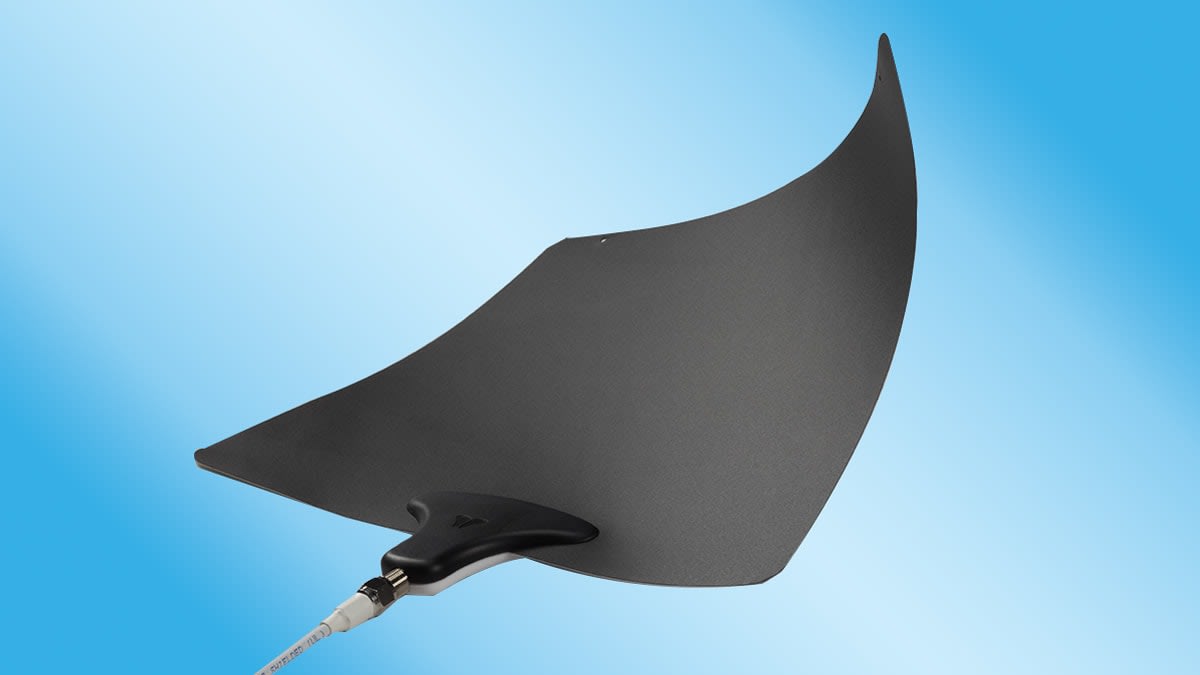Of course, many antenna users supplement over-the-air programming with free streaming services. People willing to pay for subscriptions can put together an even more robust package of streaming content for as little as $25 a month.
If you want to use an antenna to get your local channels you’ll need to make sure you can get decent reception. Outdoor antennas, especially those on a roof or mast, generally offer the best performance, particularly if you’re many miles from the nearest broadcast towers. But an indoor TV antenna is easier to set up, and for some people, it’s the only practical option.
And just like in real estate, indoor TV antenna reception is all about location, location, location. That goes for both where you live and where you place your antenna.
We can’t help with the geography, but we do have tips on how to get the best reception possible in your home. In some ways, using an antenna is easier than it used to be. Ever since the move to all-digital TV, over-the-air signals tend not to attenuate, or drop off, the way analog signals did. That means the days of attaching tinfoil to an antenna’s rabbit ears to improve reception on marginal stations are gone.
Getting great reception from an indoor antenna can be a mix of science and art. Here’s what you need to do.
Source link
-
-
-
-
-
-
-
-
